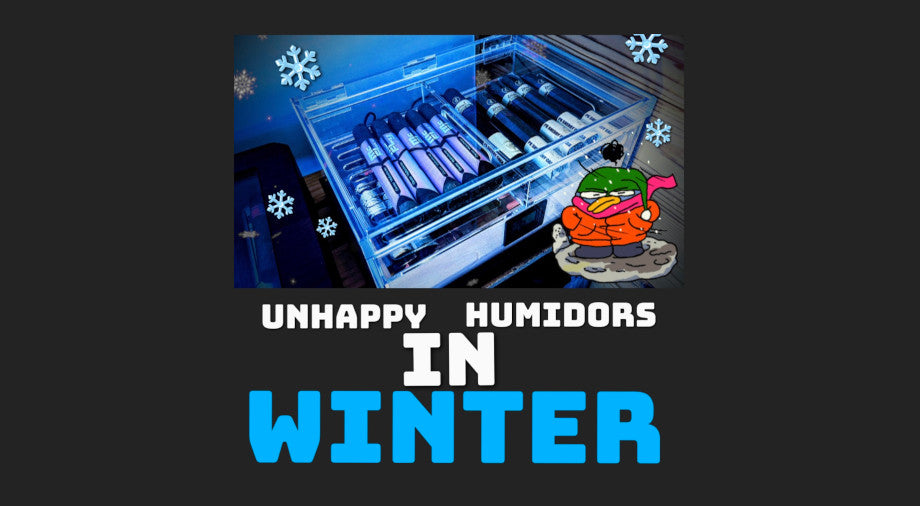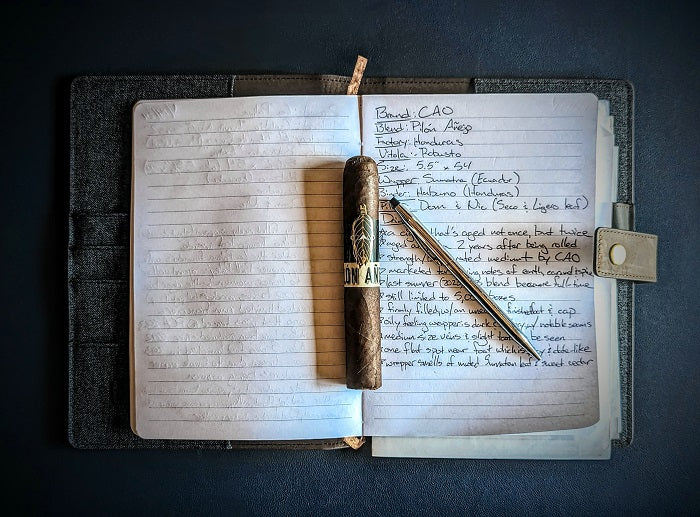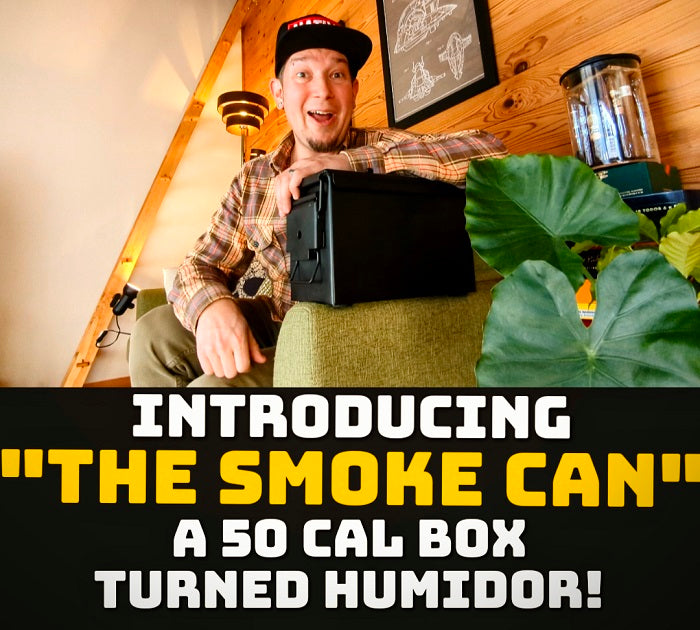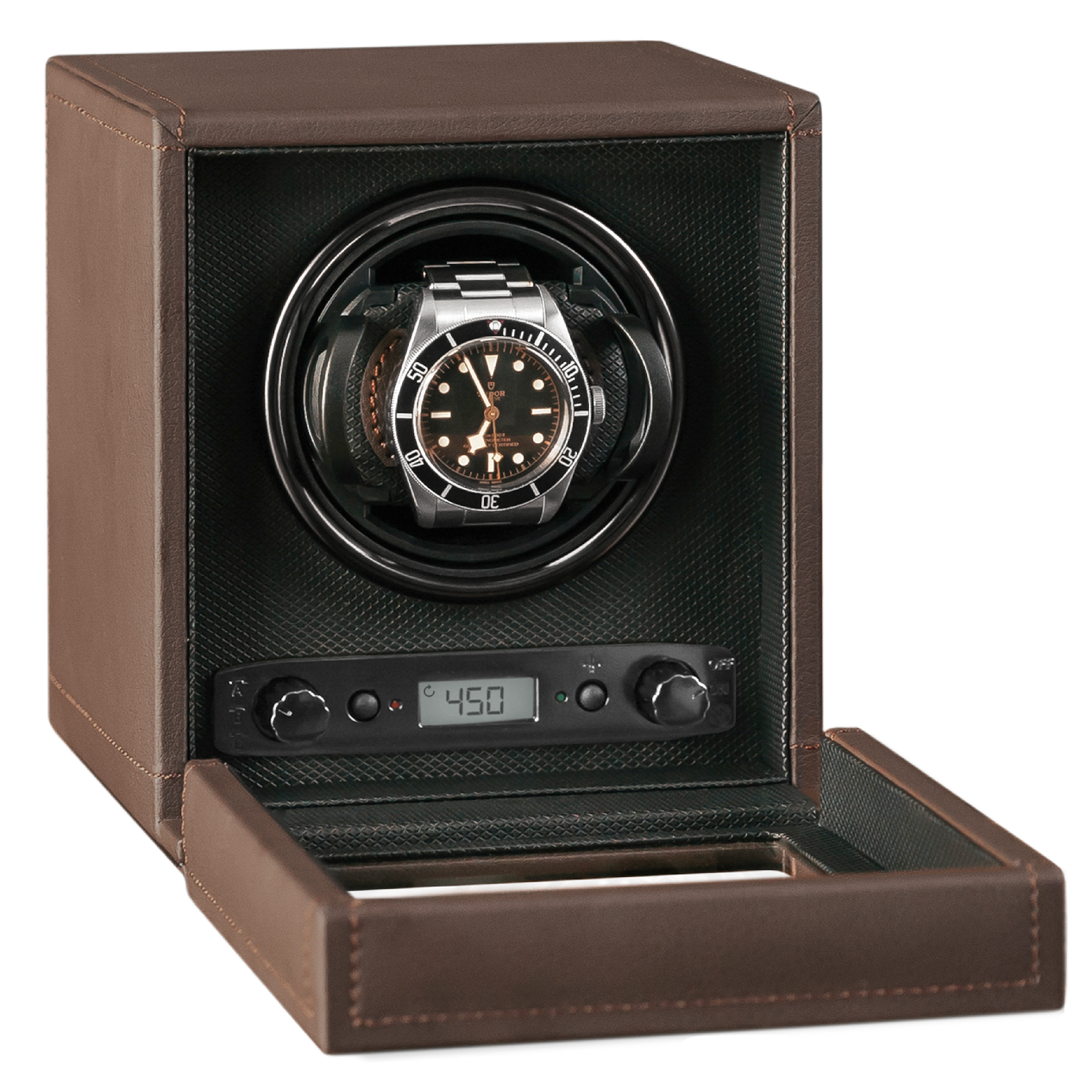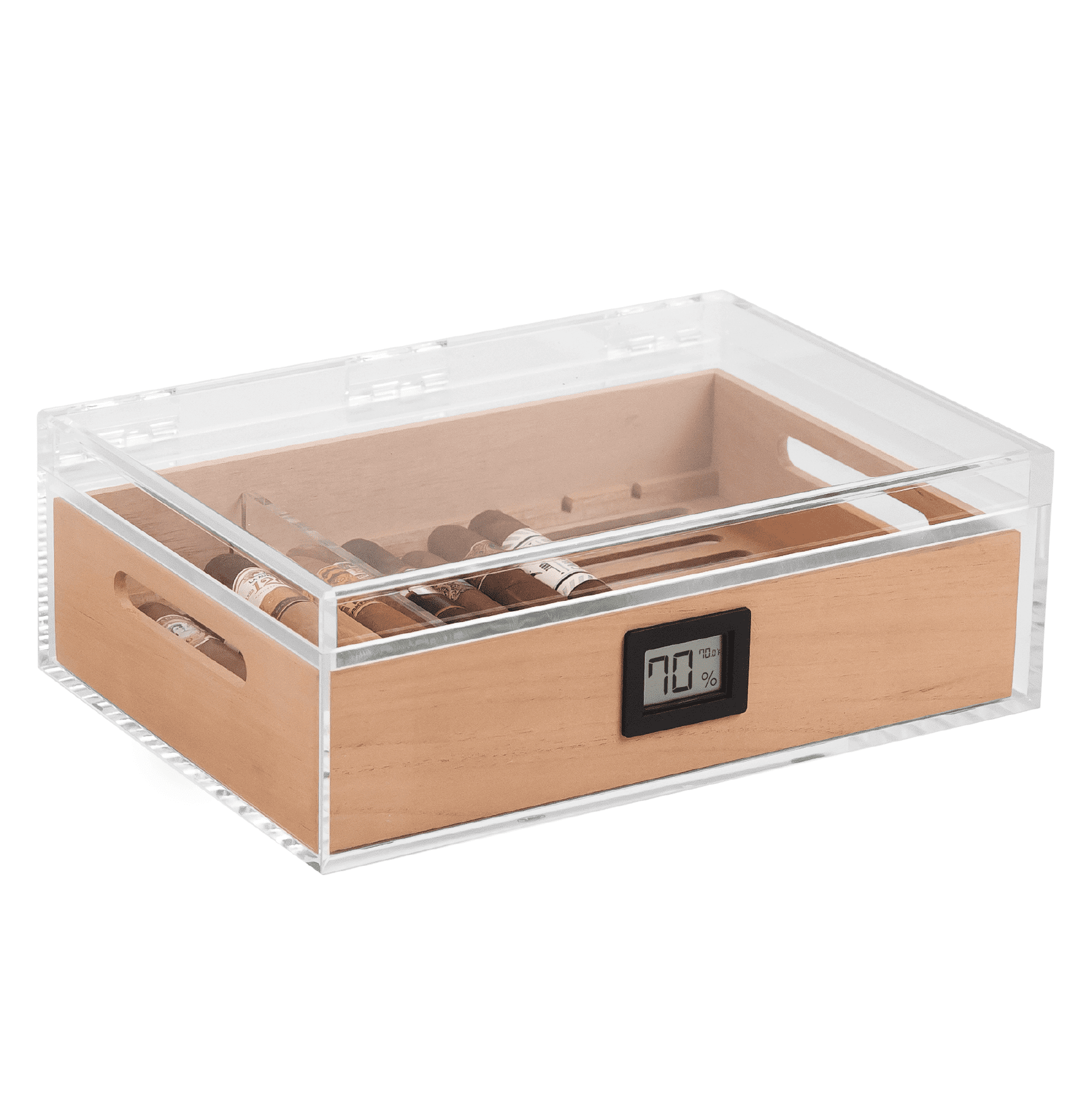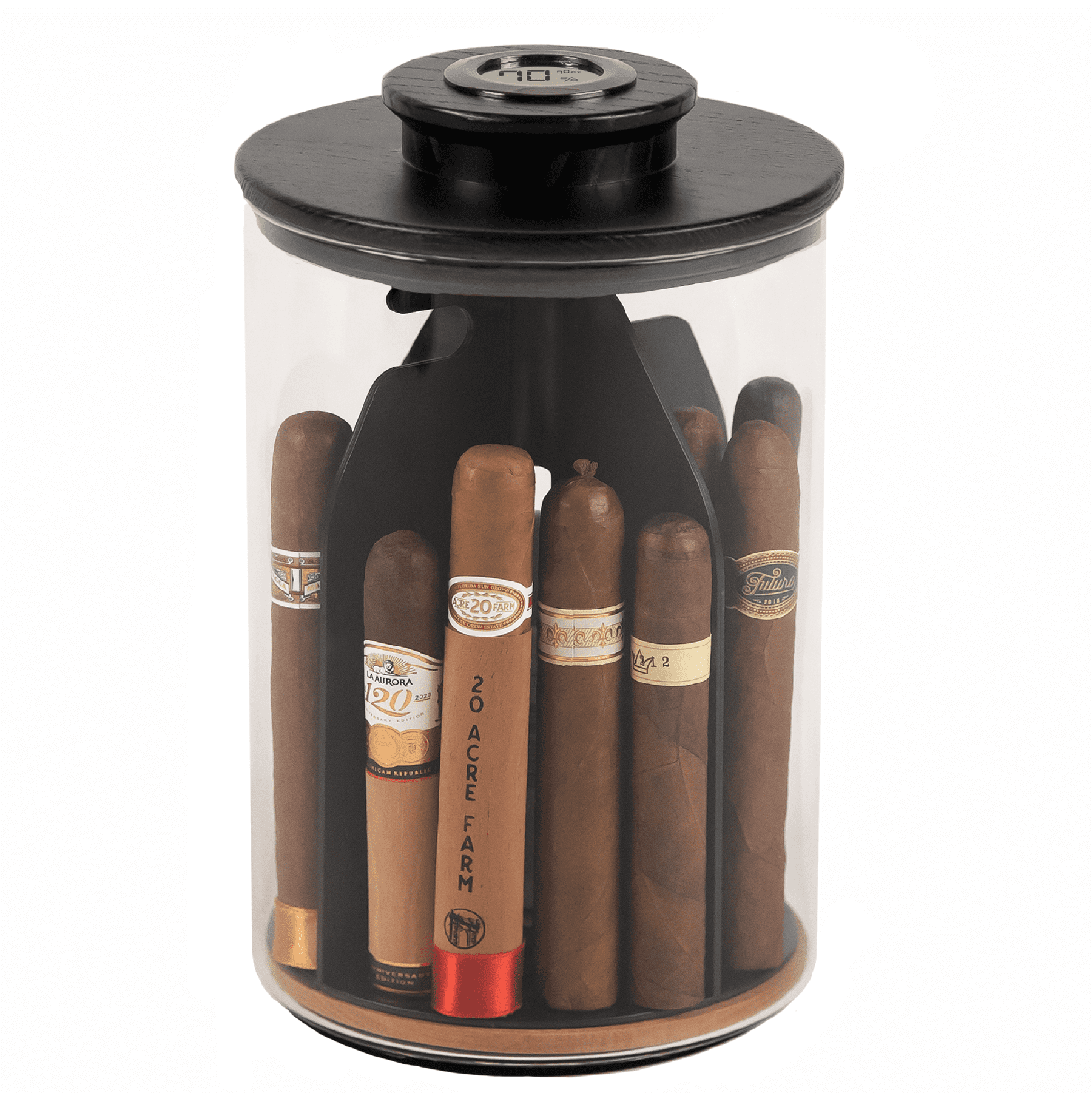- The torch lighter is preferred because of its ultra-hot, consistent, and clean burnability.
- Torch lighters require clean fuel without air bubbles that could affect distribution.
- Cleaning and bleeding your torch lighter when appropriate maintains its performance and longevity.
- Ensure you are refilling your torch lighter with a clean, refined butane fuel.
A good torch lighter isn’t hard to find. But maintaining a torch lighter properly is a tougher ask. If you, like many others, grew up with a handful of cheap BIC lighters floating in one rummage drawer or another, just keeping track of a quality torch lighter requires effort. We’re used to cheap, easy, and replaceable. A torch lighter, though, is a different animal.
Capable of producing ultra-hot, blue-invisible flames at temperatures of 2,500 degrees Fahrenheit, multi-jet torch lighters are the standard for today’s conscientious cigar smoker. The torch’s controlled flame improves how your cigar lights, reducing the potential for tunneling or canoeing, and its functionality makes it possible to light cigars in all sorts of weather or wind.
Torch lighters maintained correctly can last a long time. Decades, even. But to accomplish this, you must be proficient in refueling and cleaning the lighter. Know how to take care of torch lighters and begin your own mini-collection of prized lighters and other quality humidor accessories to make each cigar-smoking experience that much classier–and meaningful, even.
What’s different about a torch lighter?
Walk back through the history of the development of the portable lighter, and you’ll see changes to three primary components: the lighting mechanism, the type of fuel, and the method of fuel distribution. For example, the first manual strike lighters relied on a clunky flint-wheel lighting mechanism that sparked a wick connected to the fuel source.
Manual lighters gave way to semi-automatic and automatic lighters, whereby pressing a single button created a flame and releasing that button extinguished the flame, similar to what you’re familiar with now.
Superior to all other existing forms of lighting a cigar is the torch lighter. The three important elements remain the same–lighting mechanism, type of fuel, and fuel distribution–but modern torch lighters make use of piezo ignition to spark filtered butane pressurized through a single or multiple jets, creating a highly effective cigar lighter.
Why is a torch lighter even necessary?
In a bind, any fire source is going to work to light your cigar. Matches, BIC lighters, Zippos–these are fine alternatives, and you’ll make more friends if you keep comments to yourself should you meet a fellow cigar smoker lighting up with any of these options.
But torch lighters do change the smoking experience. The ultra-hot temperature and even burn give you more control and consistency, so you can light your cigars evenly and thoroughly, which will help create a good cherry. If your cigar tunnels or canoes–or if the cherry becomes convex or concave–you can use the torch lighter to make needed corrections, saving the cigar and the experience.
Torch lighters come in single, double, triple, and even quadruple jet designs, and you’ll find members in each camp who swear by theirs. Ultimately, it’s your preference, but you can learn more about the different types of torch lighters for a more in-depth understanding of preference.
Steps to maintain your torch lighter
Keeping your torch lighter in premium condition serves two purposes: it maintains the flame strength and consistency and assures the flame is void of contaminants that might contribute to an odor, affecting your smoking experience.
Regular bleeding, cleaning, and proper refueling ensure both.
You might experience some variation in these steps depending on the style and design of your torch lighter, but the basic steps are the same. We recommend you complete this process any time your fuel runs low. That way, you ensure no old fuel is contaminating the refueling process.
Bleeding
Torch lighters low on fuel might flicker, sputter, or produce a weaker flame. The sputtering is both an indicator that your fuel is low and that air is mixed in with the fuel, which occurs after multiple refills, forming a pocket. You will need to bleed out the air before refueling.
Simply flip the cigar upside down to reveal the fuel valve. Depress this with a small screwdriver or appropriate thin-pronged tool to allow the air to escape. Some residual fuel may exit as well. You will likely hear a hissing noise, which is not a problem unless the hissing remains after refueling your lighter, indicating a broken gasket.
Shake and turnover your lighter and repeat this step to ensure the chamber is void.

Cleaning
We’ll talk more about types of butane, but residue from unfiltered butane is the main reason for cleaning your torch lighter. Bad fuel can cause a residue build-up over time that eventually affects your lighter’s performance. Luckily, you can effectively clean the residue with a can of compressed air and a clean cloth.
First, turn down the flame control to its lowest setting, then depress the butane nozzle at the top of the lighter where the flame distributes with a small screwdriver head, effectively depleting any remaining air or butane.
Use the compressed air to blow out the combustion chamber of any dust, residue, or lint that may be stuck. Wipe down the entire lighter with the cloth as well, and add a quick blast of compressed air at the end to ensure the cotton of the cloth didn’t leave behind any particles.
Refueling
After you have bled the lighter, use the same fuel valve at the bottom of your cigar to inject fuel from your refueling component. Prior to refueling, prime the butane by shaking the can several times; then, while holding your lighter upside down, apply and press the butane can’s stem to the fuel valve.
Fill the fuel chamber with two- to three-second bursts from your butane can. Most standard-size torch lighters will require several bursts to fill an empty fuel chamber. You can monitor the fuel levels through the fuel window if your lighter is equipped with one. Otherwise, stop refueling your lighter when excess butane escapes from the fill opening.
Wait until the lighter reaches room temperature before attempting to ignite your lighter.
Types of fuel for torch lighters
A good fuel is critical to keep your torch lighter clean and prevent potential unwanted odors. And it all comes down to butane. Kerosene and naphtha, once standard fuels for lighters, were replaced by butane as a lighter fuel in the 1950s. Today modern torch lighters primarily use refined butane as a fuel source. The question is, just how clean is the butane you’re using with your torch lighter?
You’ll find a host of brands of butane available, but the most significant marker between acceptable and unacceptable is refinement. Most premium butanes are triple refined, meaning almost all impurities have been removed from the fuel, and these completely are acceptable to use. Some butane fuels even go through four or five refinements. The more refined your fuel, the less chance you’ll have of residue forming, which could cause performance issues for your torch lighter.




